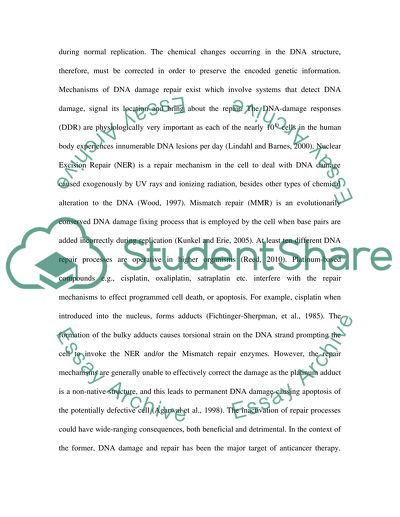Cite this document
(“Lab Report Example | Topics and Well Written Essays - 3000 words”, n.d.)
Retrieved from https://studentshare.org/geography/1412762-lab-report
Retrieved from https://studentshare.org/geography/1412762-lab-report
(Lab Report Example | Topics and Well Written Essays - 3000 Words)
https://studentshare.org/geography/1412762-lab-report.
https://studentshare.org/geography/1412762-lab-report.
“Lab Report Example | Topics and Well Written Essays - 3000 Words”, n.d. https://studentshare.org/geography/1412762-lab-report.


